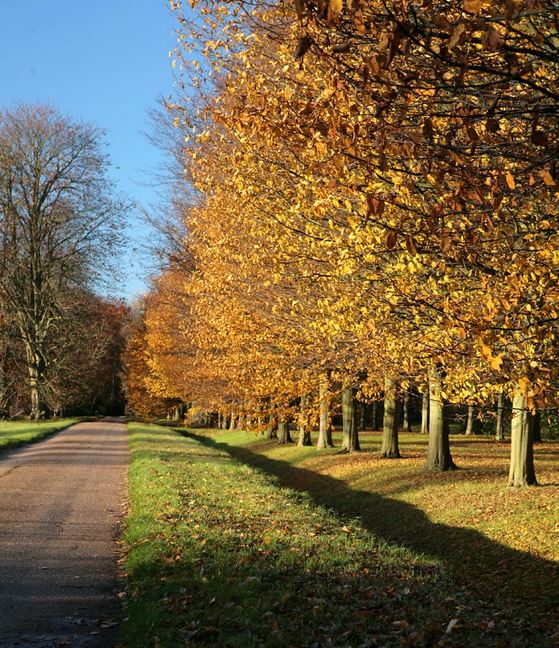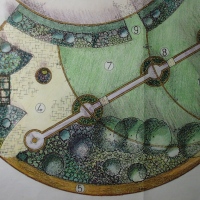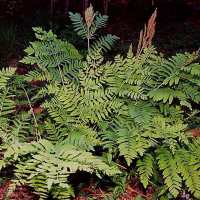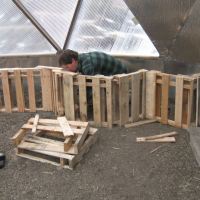 This is the third in my new series on garden trees. I’ve also done an article about trees and garden design.
This is the third in my new series on garden trees. I’ve also done an article about trees and garden design.
Common name: Hornbeam
Native areas: The 30–40 species occur across much of the north temperate regions, including the U.K., with the greatest number of species in east Asia, particularly China. Only two species occur in Europe, and only one in eastern North America.
Historical notes: Traditionally, the timber of hornbeams has been used to produce mallets, skittles and even the moving parts of pianos! The common English name of “hornbeam” derives from the hardness of the wood (likened to ‘horn’) and the Old English ‘beam’, a tree (similar to the German for tree, “Baum”).

- Pleached trees- picture RHS














